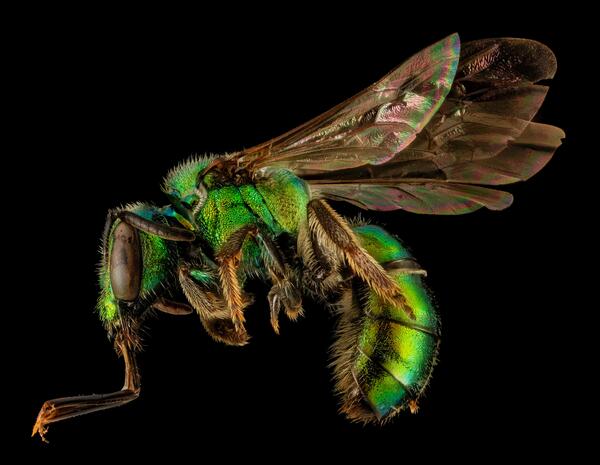
California State Senator Darrell Steinberg named as ESA Regional Policy Award winner
FOR IMMEDIATE RELEASE: Tuesday, July 15, 2014 Contact: Alison Mize (703) 625-3628; gro.asenull@nosila On Sunday, August 10, 2014, the Ecological Society of America (ESA) will present its seventh annual Regional Policy Award to California Senate President Pro Tem Darrell Steinberg during the Society’s 99th Annual Meeting conference in Sacramento, CA. The ESA award recognizes an elected or appointed local…










